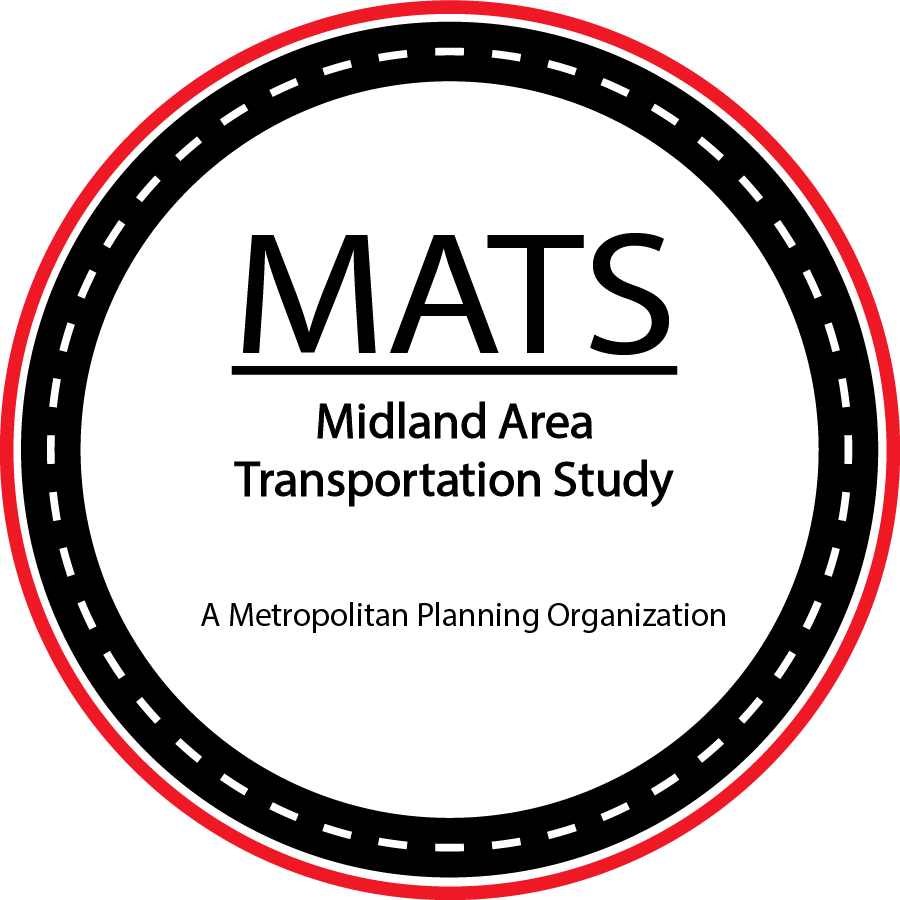National Goal Areas for Transportation Performance Management
A key feature of the Fixing America’s Surface Transportation (FAST) Act is the establishment of a performance and outcome-based program, originally introduced through the Moving Ahead for Progress in the 21st Century (MAP-21) Act. The objective of a performance-based program is for states and MPOs to invest resources in projects that collectively will make progress toward the achievement of national goals.
-
Nationally, there are seven goal areas for performance measures. They are:
1. Safety: To achieve reduction in fatalities and serious injuries on all public roads.
2. Infrastructure Condition: To maintain highway infrastructure assets in state of good repair.
3. Congestion Reduction: To achieve reduction in congestion on the National Highway System.
4. System Reliability: To improve the efficiency of the surface transportation system.
5. Freight Movement and Economic Vitality: To improve freight networks, strengthen the ability of rural communities to access national and international trade markets, and support regional economic development.
6. Environmental Sustainability: To enhance the performance of the transportation system while protecting and enhancing the environment.
7. Reduced Project Delivery Delays: To reduce project costs, promote jobs and the economy, and expedite the movement of people and goods by accelerating project completion through eliminating delays in the project development and delivery process, including reducing regulatory burdens and improving agencies’ work practices.
MPO’s, and State and Local agencies will invest resources in projects to achieve individual targets that will collectively make progress towards these national goals. The FHWA enacts performance measures and targets that guide the selection of transportation projects and programs based on the previous goals. As these rules become effective, and MDOT issues their targets for the performance measures indicated in the rule, MATS staff will update this page with more information on each.
-
The Federal Highway Administration (FHWA) runs a program called Transportation Performance Management, which tracks the performance of U.S. highways. The table below outlines the Performance Rules and specific performance measures that will be addressed between 2025 and 2026.
The process can be complex, but Safety Performance Measures provide a good example of how MATS has been, and will continue to be, involved in this work. After the Federal government issued the Final Rule, the Michigan Department of Transportation (MDOT) reviewed the required measures and set targets for the state to meet or exceed. This involved analyzing past data on fatalities and injuries, as well as other factors that influence driving patterns, such as how much people drive and where they go. Once MDOT identified trends in the data, they developed and adopted targets for the future.
These targets are then shared with the state's Metropolitan Planning Organizations (MPOs) for review and potential adoption. MPOs can choose to adopt the MDOT targets, either fully or partially, or create their own based on local conditions. In the case of MATS, the Policy Committee has continued to adopt MDOT’s targets since the initial target-setting process.
-
Each state reports on performance data and targets to FHWA, helping track trends related to highway infrastructure condition, safety, reliability, and emissions. Below are the national totals for "Good" and "Poor" conditions based on state-submitted data for the interstate pavement network and bridges on the National Highway System (NHS). Each condition is measured in lane-miles, which is the measurement of the total length and number of lanes on a road.
Click Here for Performance Information & Dashboard Tool
Interstate System Pavement Condition
National Highway System Bridge Condition
Infographic courtesy of Aaron Dawson, FHWA


